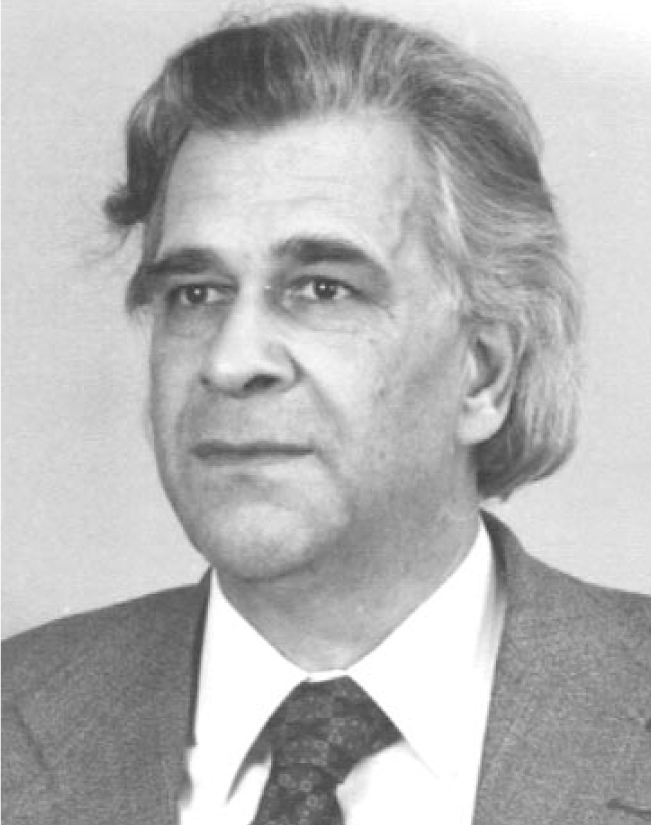Gerhart von Gierke
DOI: 10.1063/1.1784319
Gerhart von Gierke, a leader in fusion research in Europe, died on 28 June 2003 in Munich. He was one of the founders of the Max Planck Institute for Plasma Physics in Garching, Germany, and spent his entire career at the IPP.
Von Gierke was born in Karlsruhe, Germany, on 14 January 1922. He came from a prominent German family: His grandfather was a famous professor of law, his sister wrote parts of Germany’s 1919 constitution, and other relatives participated in the resistance against Adolf Hitler. Von Gierke studied in Heidelberg and received his diplom in 1949 and his PhD in nuclear physics in 1953. His thesis was on a photographic momentum spectrograph and its application to the nitrogen-15 and oxygen-17 nuclear transition states. His PhD supervisor was Max Planck’s pupil Walter Bothe, who, with Max Born, won the 1954 Nobel Prize in Physics.
After earning his PhD, von Gierke went to the University of Liverpool for two years to investigate the creation and scattering of mesons. He then spent a year at CERN, which was just two years old at the time, before receiving the call to the Max Planck Institute of Physics in Göttingen.
At Göttingen, von Gierke, under the guidance of Werner Heisenberg, turned to the new field of high-temperature plasma physics and fusion research. In the late 1950s, von Gierke and others set up the first stellarator at the IPP, the Wendelstein 1 device, following a concept developed at Princeton University by Lyman Spitzer. The IPP team named the device after a mountain south of Garching; the choice was inspired by the early beginnings of fusion research. Hermann von Helmholtz portrayed research as akin to mountain climbing: Several routes may lead to the peak, but all of them are steep and precarious. In addition, in German, “Wendelstein” alludes to the helix-shaped coil and field configuration of the stellerator. Von Gierke is credited with initiating this pillar of the IPP research program: The Wendelstein line later continued by others has led to the establishment of a fusion power plant concept, the Helias reactor; the IPP is currently building Wendelstein 7-X, a large superconducting stellarator, in Greifswald, Germany, to fully explore and demonstrate its potential.
After successfully initiating the stellarator line, von Gierke turned to the other main toroidal concept and, in 1973, built Pulsator, the first IPP tokamak. The experimental group led by von Gierke then built the ASDEX tokamak in 1980. That tokamak represented a major step in the development of toroidal confinement because it demonstrated the superiority of the divertor to produce clean plasmas and offered a possible means to solve the exhaust problems—the removal of heating power and helium ash—in a later fusion reactor. Most important, a new operational regime, the H-mode, was discovered in ASDEX. The H-mode is a manifestation of the self-organization of open, strongly driven systems. In the H-mode, the plasma dynamics make a distinct transition to a regime in which the goals of fusion are more accessible. Von Gierke played a major role in making the IPP a leader in experimental fusion research.
In the remaining years of his career, von Gierke studied plasma behavior close to stability boundaries. Specifically, he explored the role of the plasma-current density distribution in determining the limitations of the plasma pressures. He retired in 1987.
Von Gierke represented the IPP or Germany as a member of many scientific and administrative organizations. For example, he was one of the driving forces in the realization of the JET project, the world’s largest fusion device, built near Oxford, England. For many years, he was a member of the JET supervisory board and, later, a member and vice chairman of the JET executive committee. He also was chairman of the International Atomic Energy Agency’s International Fusion Research Council.
Von Gierke’s family background shaped him as a person. He had no vanity, was friendly and helpful, and had a sense of humor. He had vitality, and although he sometimes expressed his viewpoints forcefully, he never bore a grudge. Present and future experimental research at the IPP is based on the foundations von Gierke laid. We will keep him in grateful memory.

Gerhart von Glerke

More about the Authors
Friedrich Wagner. Max Planck Institute for Plasma, Physics, Garching, Germany .
